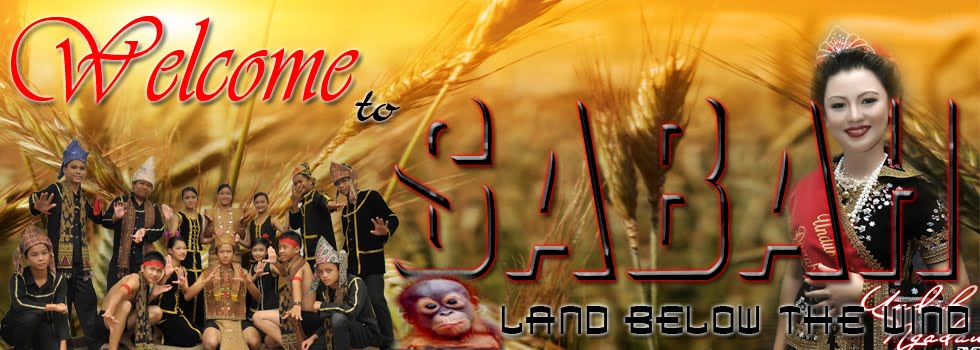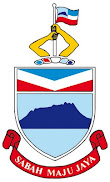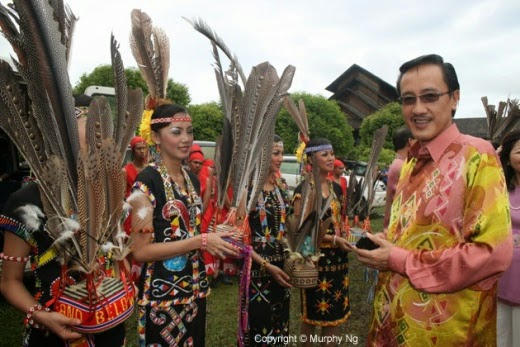IKAN BILIS DAN GAMAT
>> Jumaat, 2 Oktober 2009
Selain dari Ikan bilis yang terkenal di daerah Pitas, Balat putih ( GAMAT) juga banyak terdapat di sini. Segelintir penduduk yang mengusahakan ternakan balat putih ( GAMAT) ini khususnya di kampung Kesagaan, pinggan-pinggan, sinimpul dan juga kampung Rosob sangat-sangat membarangsangkan, kepada yang ingin melawat Pitas bolehlah dapatkan ikan bilis dan balat putih ( GAMAT) ini untuk dibawah pulang.
Gamat atau Timun laut merupakan sejenis haiwan invertebrata (tanpa tulang belakang) laut yang meraih populariti dewasa ini di sebabkan khasiat dan nilai terapeutiknya yang mengkagumkan. Malah, kuasa penyembuhannya telah di agungkan dan di manfaatkan oleh nenek moyang kita sejak lebih 300 tahun dahulu.
Tergolong didalam filum Ekinodermata, spesis Timun Laut yang didapati berkesan dari segi nilai keberkesanannya adalah daripada genus Sticophus atau lebih dikenali Gamat. Nama lainnya mengikut panggilan setempat termasuklah 'balat' 'bat' 'brunok' 'trepang atau 'hoi-sum'.
Hampir 42 spesis Timun Laut telah dikenalpasti di perairan Malaysia sementara lebih dari 2,000 spesis wujud di serata dunia.Umumnya haiwan ini berbentuk silinder, leper pada bahagian dorso-ventral dan mempunyai bukaan di bahagian anterior dan posterior.
Kandungan asid lemak mustahak seperti EPA (asid omega eikosapentaenoik) dan DHA (asid omega dekosaheksaenoik) turut memainkan peranan penting sebagai agen penyembuh luka dan antithrombotik iaitu berupaya mengurang kan kejadian pembekuan darah di dalam saluran darah. Ini dapat mengurangkan risiko penyakit 'Strok' dan 'Jantung'.
Secara tradisional pula, GAMAT dipercayai berkesan
- untuk meningakatan kesihatan badan,
- mempercepatkan penyembuhan luka luaran dan dalaman,
- mengurangkan rasa sakit sendi, badan dan lenguh otot,
- menghindari masaalah alahan dan lelah,
- melawan radang dan meredakan bengkak,
- melancarkan pengaliran darah,
- memulihkan sistem peranakan selepas bersalin,
- masaalah resdung, buasir dalam dan luar,
- mencantikkan kulit dan awet muda,
- meningkatkan metabolisma dan membantu masaalah keletihan,
- menghindari sembelit dan masaalah buasir, menguatkan tenaga batin,
- melegakan migrain
- mengurangkan tekanan darah tinggi dan mengawal kencing manis, kolestrol serta lain-lain lagi.

 Read more...
Read more...













